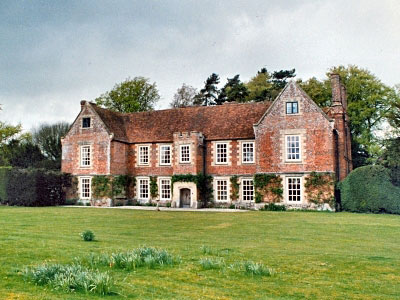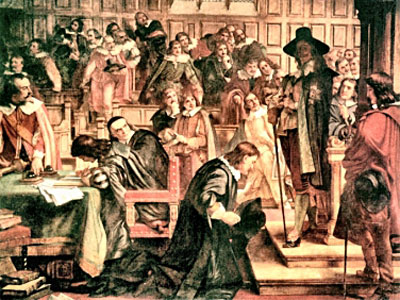The general consensus is that Hampden died as result of an infected bullet wound to his shoulder received at the Battle of Chalgrove. This explanation is supported by contemporary accounts.
An alternative story suggests that Hampden was mortally wounded in the hand when he fired his pistol and it exploded because it had been mistakenly double-charged. However this story, although often repeated, is now usually agreed to be a later fabrication.
Hampden died on 24th June 1643 in an upstairs room at the home of Ezekiel Browne on the High Street in Thame, Oxfordshire. The property subsequently became the Greyhound Inn and is now part of a supermarket. A memorial embedded in the outside wall marks the site of the building where Hampden died.













